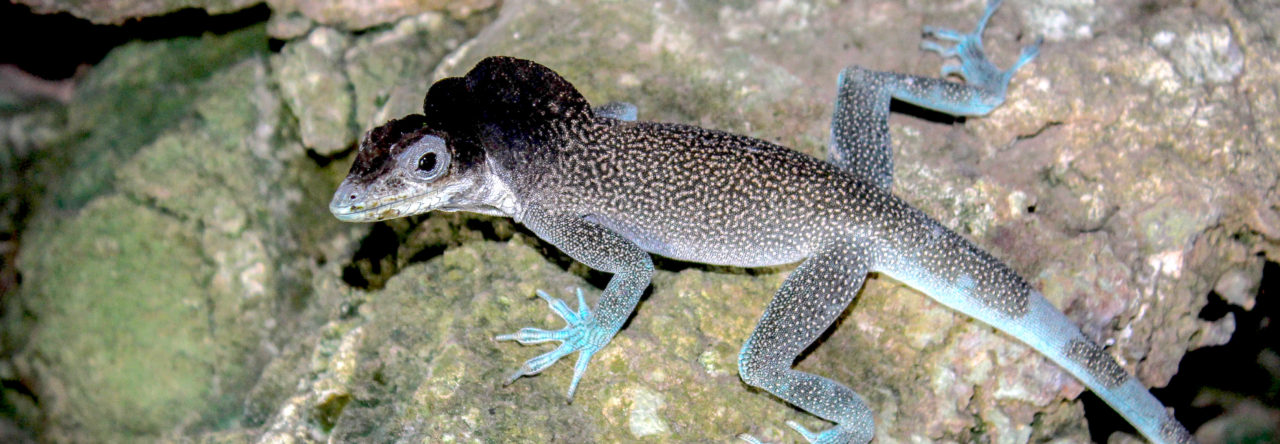From New Scientist:

Kristin Winchell
City living comes with unique challenges. If you’re a lizard, scaling a windowpane without sliding off is one of them. One lizard has already evolved traits to help it do just that.
“Urban areas are just another environment. The animals that live there aren’t somehow immune to natural selection,” says Kristin Winchell of the University of Massachusetts Boston.
Her team compared males of the anole lizard (Anolis cristatellus) in the Puerto Rican cities of Mayagüez, Ponce and San Juan with those in nearby forests.
They found that city lizards regularly clung to objects like walls and windows, proving that they use the full urban environment instead of restricting themselves to wild patches more similar to their forest roots.
Compared with forest-dwellers, city lizards had longer limbs and more lamellae – scale-like structures that help their toes stick to surfaces. These traits probably enable them to stay attached to slippery urban perches. “I chased a lizard that ran straight up a window 30 feet and was out of reach in 15 seconds,” says Winchell. “I couldn’t catch this well-adapted lizard.”
The team also raised urban and forest lizards from the Mayagüez region in the lab and found that differences in limb length and scale number remained, suggesting a genetic basis to the urban lizards’ abilities.
The anole frequently wows scientists with feats of rapid evolution in natural environments. The new finding suggests that this capacity applies to cities as well.
Other urban animals also adapt. We know, for example, that birds alter calls to be heard over city noise and leafcutter ants adapt to elevated temperatures in an urban heat island.
But well-studied examples are rare. “Urban evolution is a really young field,” says Winchell.
Evolutionary biologist Jason Munshi-South of Fordham University in New York agrees. “There aren’t many documented cases of urban evolution yet, but people are going to start looking for them in earnest,” he says.
Munshi-South believes Winchell’s study is an excellent addition to this emerging field. “The next step,” he says, “which I’m excited to see them do, is to identify the genes underlying these adaptive traits.”
Winchell says that, ultimately, understanding urban adaption could help conservation. “Having a grasp on which animals tolerate urbanisation gives us a better idea of which ones we need to focus on when preserving natural habitats,” she says.
Evolution, DOI: 10.1111/evo.12925
- Evolution in Real Time on Lizard Island - March 23, 2025
- Spider Snags Adult Anolis osa - March 22, 2025
- An Homage to the Green Anoles of New Orleans - March 21, 2025


1 Pingback